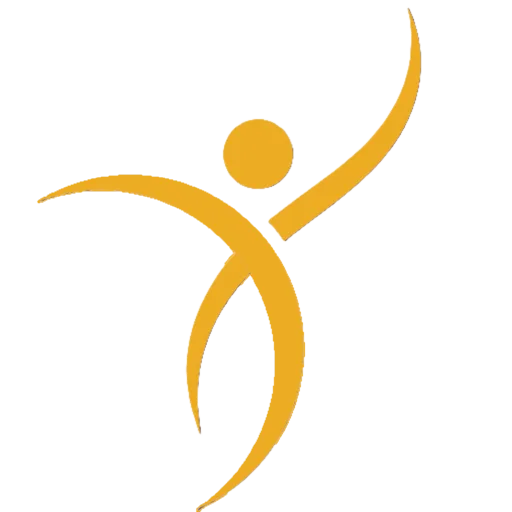If you’re feeling a deep ache in your shoulder, clicking or catching during movement, or have lost strength after a sports injury or fall, you may be dealing with a labral tear in your shoulder.
Labral tears can sound scary—but with the right care, especially through physiotherapy, many people recover well without surgery.
What Is the Shoulder Labrum?
- The shoulder joint is a ball-and-socket joint. The labrum is a ring of cartilage that lines the socket, helping to stabilize the joint and hold the upper arm bone (humerus) in place.
- A labral tear means this cartilage has been damaged—often from repetitive movements (like throwing or lifting), trauma (like a fall), or overuse in athletes.
Common Symptoms
- A deep ache inside the shoulder
- Clicking, popping, or catching when moving the arm
- Weakness or instability
- Pain when lifting, reaching, or throwing
- Limited shoulder range of motion
Do I Need Surgery?
Not always! While some severe tears may require surgery, many people benefit from physiotherapy alone—especially when the goal is to return to everyday activities, work, or even sport.
How Physiotherapy Helps
- A physiotherapist will assess your strength, posture, shoulder motion, and joint stability. Your rehab may include:
- Strengthening the rotator cuff and scapular muscles
- Posture and shoulder blade control training
- Gentle stretching and range of motion work
- Education on safe ways to move and lift
- Gradual return to work or sport-specific activities
What Research Shows
- A randomized controlled trial by Kim et al. (2018) found that a 12-week physiotherapy program significantly improved function and reduced pain in people with non-surgical labral tears.
- Another RCT by Falla et al. (2014) demonstrated that targeted rehabilitation can improve shoulder stability and movement even in people with joint hypermobility and labral damage.
When to See a Physiotherapist
- You’ve had shoulder pain for more than 2 weeks
- You feel clicking, locking, or catching during motion
- You’ve had a shoulder injury from lifting or falling
- You’re avoiding activities because of shoulder weakness or instability
Bottom Line
Labral tears can often be managed without surgery. A physiotherapist will guide you through a step-by-step recovery plan so you can get back to living, lifting, working, or playing—with confidence.
References:
Kim, J. Y., Park, K. D., Lee, J. K., & Nam, H. S. (2018). The effectiveness of physical therapy in patients with SLAP lesions: A randomized controlled trial. Clinical Rehabilitation, 32(8), 1040–1049. https://doi.org/10.1177/0269215518756212
Falla, D., Boudreau, S., Farina, D., & Graven-Nielsen, T. (2014). The role of rehabilitation in managing shoulder instability in patients with connective tissue disorders: A randomized controlled trial. Journal of Orthopaedic & Sports Physical Therapy, 44(3), 153–165. https://doi.org/10.2519/jospt.2014.5045

